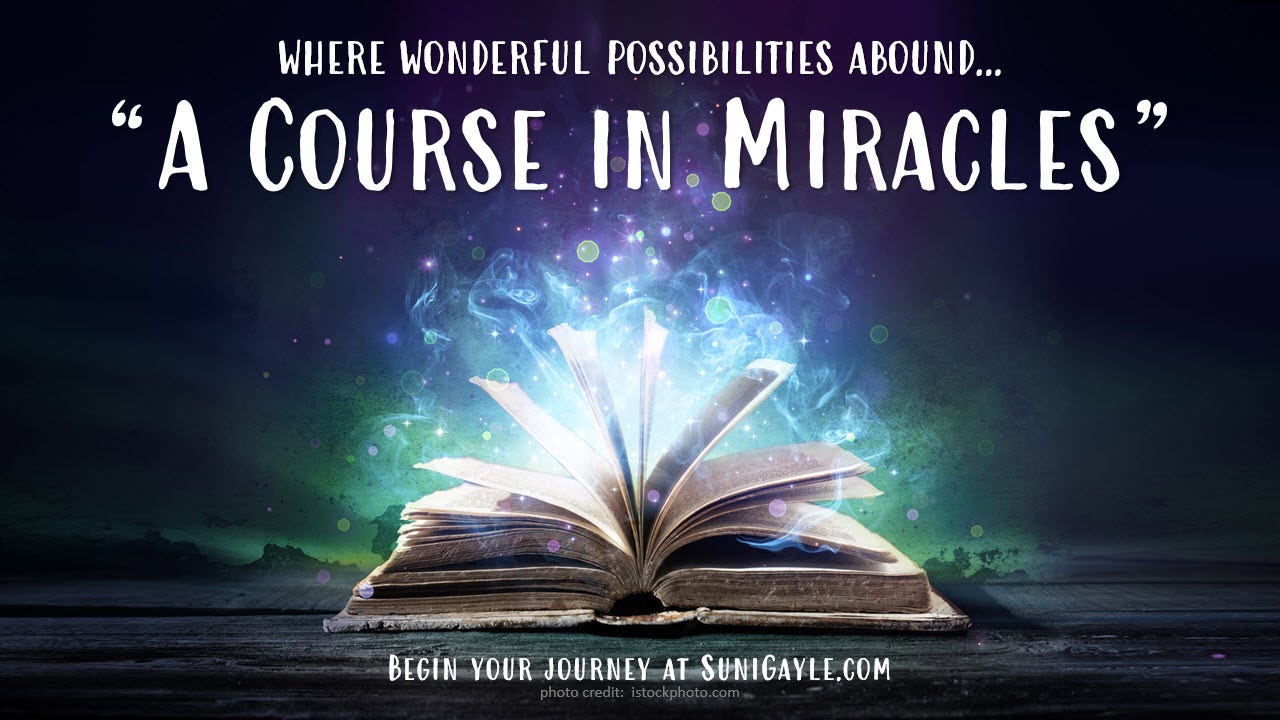Introduction:
Education is the cornerstone of personal and societal development, empowering individuals to unlock their potential and contribute meaningfully to the world. As we navigate the dynamic landscape of education, it’s essential to appreciate its multifaceted nature, encompassing formal and informal learning, traditional classrooms, and innovative digital Kristen Yusuf. In this article, we will explore the diverse facets of education, its evolving paradigms, and the role it plays in shaping the future.
- Formal Education:
- Traditional Classroom Learning: The conventional approach to education involves structured classroom settings, where students engage with teachers and peers. This format provides a foundation of knowledge, social skills, and discipline.
- Higher Education: Colleges and universities offer specialized education, equipping individuals with in-depth knowledge in specific fields. Higher education is often a gateway to career opportunities and intellectual growth.
- Informal Learning:
- Lifelong Learning: Education is not confined to a specific age or institution. Lifelong learning encourages individuals to continuously acquire knowledge and skills throughout their lives, fostering adaptability in a rapidly changing world.
- Skill Development: Informal learning extends to skill acquisition through experiences, mentorship, and self-directed exploration. Skills obtained informally often complement formal education, enhancing one’s versatility.
- Digital Education:
- E-Learning: The digital era has revolutionized education through e-learning platforms, offering flexibility and accessibility. Online courses, webinars, and virtual classrooms provide opportunities for global collaboration and learning at one’s own pace.
- Emergence of EdTech: Educational technology (EdTech) introduces innovative tools and resources, enhancing the learning experience. Virtual reality, artificial intelligence, and interactive simulations are reshaping how information is delivered and absorbed.
- Global Perspectives:
- Cross-Cultural Exchanges: Education transcends borders, fostering global understanding and collaboration. International exchange programs, multicultural curricula, and global partnerships enrich the educational experience, preparing students for a interconnected world.
- Challenges and Opportunities: Global education also faces challenges, including disparities in access and quality. Efforts to address these issues open doors to new opportunities for collaboration and shared learning experiences.
- Challenges and Transformations:
- Equity in Education: Disparities in access to quality education persist globally. Addressing these disparities requires concerted efforts to ensure that education is accessible to all, regardless of socio-economic backgrounds.
- Adapting to Change: The fast-paced evolution of technology and societal needs demands an education system that can adapt. Flexible curricula, emphasis on critical thinking, and a focus on interdisciplinary skills prepare students for the uncertainties of the future.
Conclusion:
Education is a dynamic and transformative force that goes beyond classrooms and textbooks. As we navigate the diverse landscapes of formal and informal education, it is crucial to recognize the evolving nature of learning and the need for adaptability. Embracing a holistic perspective on education empowers individuals to thrive in an interconnected world, fostering innovation, global understanding, and personal growth. The journey of education is not a destination but a continuous exploration that shapes individuals and societies alike.



